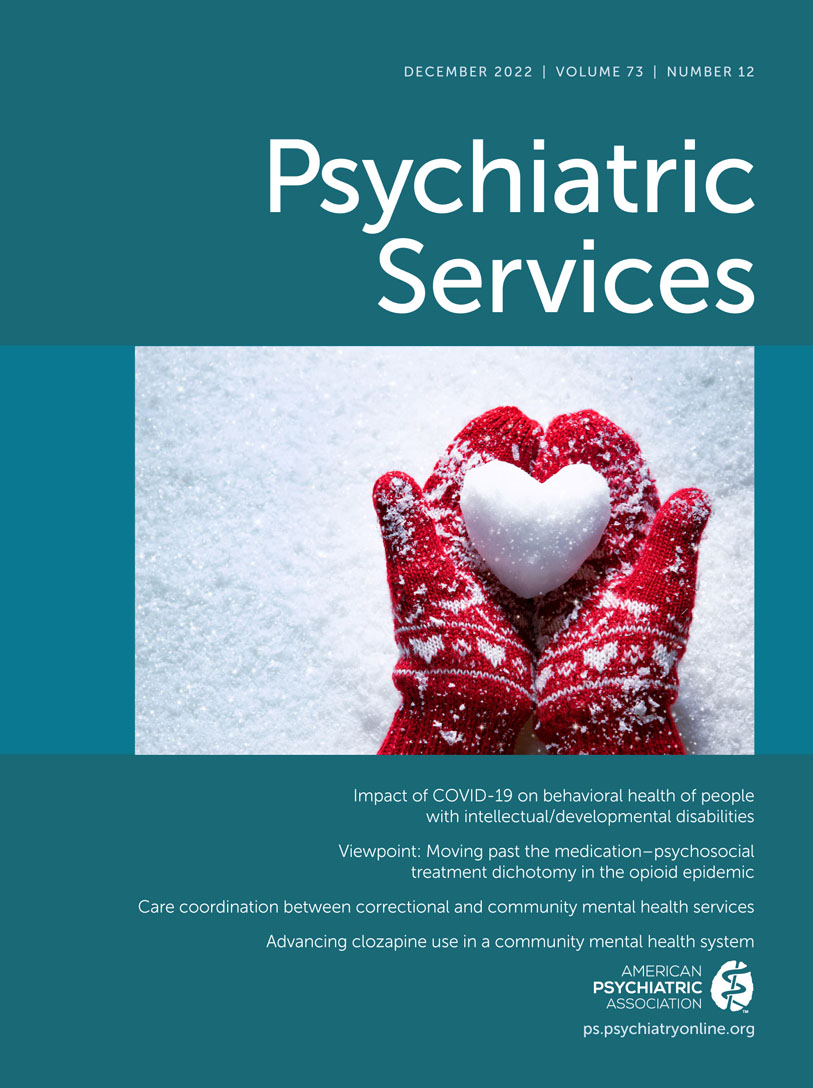Growth of Coordinated Specialty Care in the United States With Changes in Federal Funding Policies: 2014–2018
Abstract
Objective:
In 2014, the number of coordinated specialty care (CSC) programs in the United States greatly expanded. The proliferation of CSC programs was likely due in part to the availability of Mental Health Block Grant (MHBG) set-aside funds for treatment of first-episode psychosis. This study aimed to explore the characteristics of CSC programs across 44 states, the District of Columbia, and three U.S. territories that received funding through the MHBG set-aside program in 2018.
Methods:
Leadership at 88% (N=215) of the 244 MHBG-funded CSC programs identified through state mental health authorities participated in an online survey.
Results:
Overall, 69% of the CSC programs were initiated after 2014. More than 90% of programs included services that were consistent with federal guidance. CSC programs showed variability in training received, program size, and enrollment criteria.
Conclusions:
The results of this study emphasize that clear federal guidance can help shape national CSC implementation efforts, although decisions at the state and local levels can influence how implementation occurs. The strategy of states administering federal funds for CSC may be adapted for the rollout of other behavioral health interventions. Future studies could investigate factors that may shape national dissemination efforts, such as leadership within the state, funding, availability of programs established before the influx of funding, and considerations about sustainability after the funding is no longer available.



